Halloween is nigh, and with it, the perfect time to talk about ghosts. Are they real? Who knows. What we do know is that, if they are, the Civil War and the gruesome deaths that it doled out provide plenty of fodder. Lots of places are said to be haunted. Here are some of the scariest—visit only if you dare.
Beauregard Keyes House, New Orleans

Confederate General P.G.T. Beauregard resided only two years in this French Quarter house after his second wife, Caroline, died. Nevertheless, the general’s ghost has been spotted wandering its rooms in full-dress uniform. Fallen soldiers who fought alongside the Beauregard in the Battle of Shiloh are also said to haunt the rooms. One guest even reported having a full conversation with one soldier at a garden party, only to later learn that no one matching his description was in attendance. The eerie sounds of orchestra music and dancing feet are also heard, said to be the echoes of a grand ball that Caroline had planned but was never to be—Beauregard had gone off to fight at Fort Sumter, and she died of illness, never to be reunited with her love again.
Kolb’s Farm, Marietta, Georgia
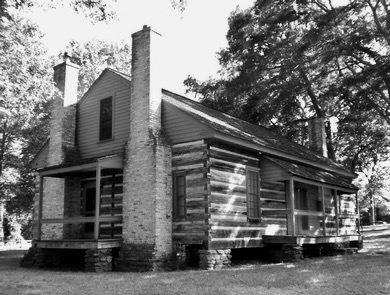
Almost as soon as the Battle of Kennesaw Mountain ended in June 1864, people began reporting stories of ghostly soldiers on the battlefield and hearing the sounds of gunshots and cannon fire. Sometimes visitors whiff the metallic smell of blood and death. One father and son riving through the battlefield park were confronted by a uniformed man on his horse and realized he was a ghost. The father slammed on his brakes as the apparition approached them, getting so close the pair could see his Union uniform and his saber, before he vanished through a fence across the road. In one housing development built on the battlefield, the ghosts of soldiers have visited in the darkness of night, while one mischievous ghost moved into one house, making his presence known by slamming doors and dropping coins on the floor. It’s said the owners have come to terms with their friendly ghostly presence.
Devil’s Den, Gettysburg
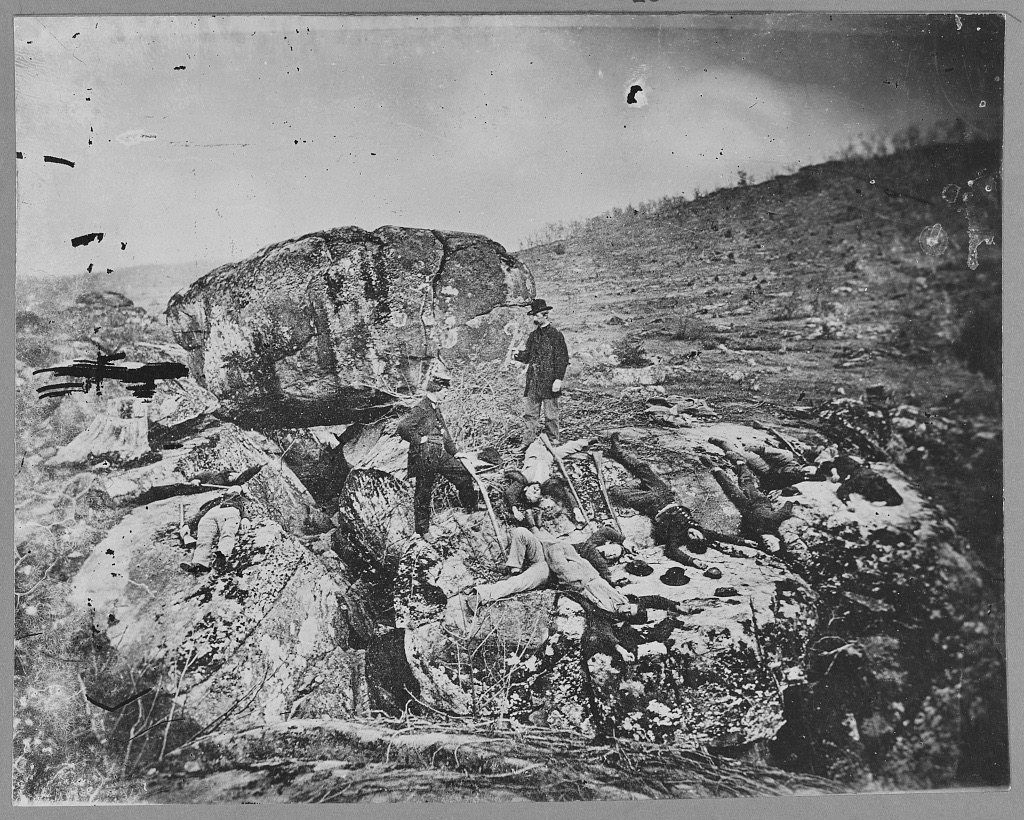
While Gettysburg may be the Civil War’s most haunted site, there’s one place that ghosts seem to gather the most: Devil’s Den. On the second day of the Battle of Gettysburg, this craggy outcropping saw some of the Civil War’s most vicious battles, with more than 51,000 casualties—explaining the high number of ghosts that lurk in the area, starting shortly after the battle ended. Hunters who became lost in the boulder maze reported a soldier pointing out the way out to them. An unkempt, hippy-like man has also been seen, asking people if they need help; it’s said he’s a soldier from Texas, since Texas was a faraway outpost at the time and many soldiers from there often did not receive sufficient clothing and they lacked shoes. Another appears, suffering from a gigantic chest wound. There’s been one woman ghost siting, who claims to have been grabbed by a soldier, as well as a ghost rider, who disappears into thin air.
Marshall House Hotel, Savannah
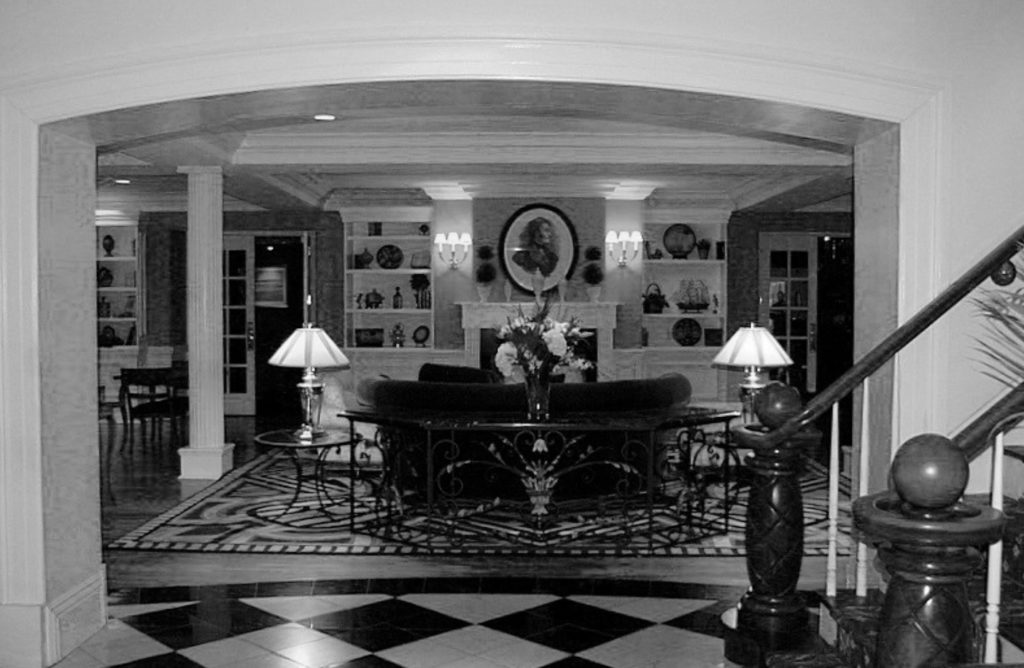
The Marshall House may appear every bit the genteel southern hotel, with its Greek Revival architecture, cast-iron balcony, and elegantly appointed rooms. But during the Civil War, the Marshall House served as a Union hospital. As we know, medicine in those days could be rather gruesome, with plenty of limbs having to be amputated. Sure enough, construction workers renovating the hotel in the 1990s found a grisly stash of amputated limbs beneath the floorboards. That explains some of the eerie sightings of ghosts wandering hallways and foyers—perhaps in search of their missing limbs? Ghostly children have made their presence known as well—by biting people, laughing, and running down the halls. Some guests have reported waking to an apparition pressing their hand against their forehead, as if taking their temperature. There are also reports of a ghost cat, as well as the spirit of Uncle Remus author Joel Chandler Harris, who sometimes can be heard tapping on his typewriter.
Bloody Lane, Antietam
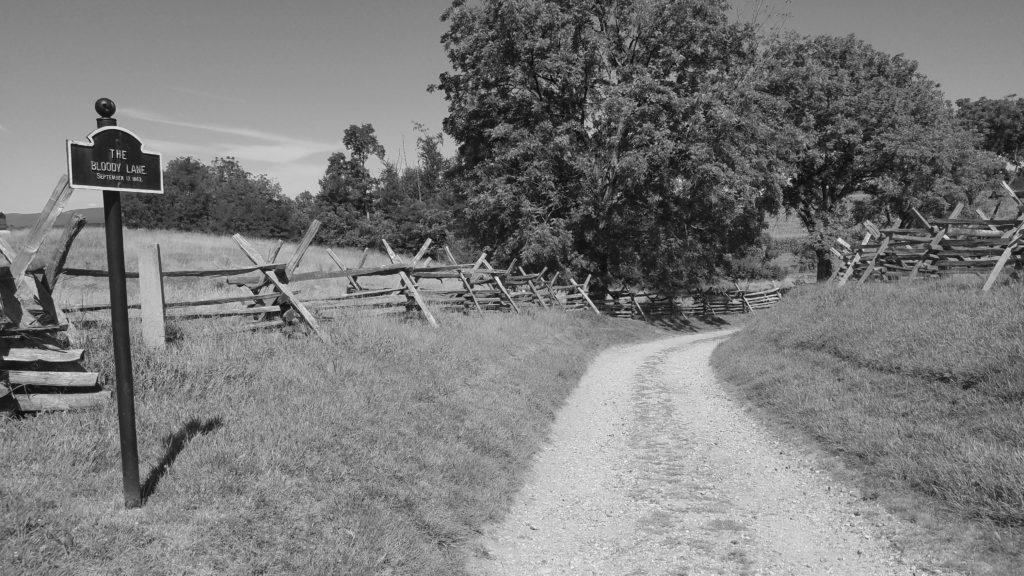
Even the U.S. Department of Transportation has declared Bloody Lane—centerpiece of the Civil War’s bloodiest day of battle, on September 17, 1862, on Antietam Creek near the small town of Sharpsburg, Maryland—to be haunted. After all, some 23,000 men were wounded, killed, or MIA by the end of the day. The lane is always church quiet, no matter how many people are around. Visitors walking along hear phantom gunfire and smell gunpowder, and some have reported seeing Confederate soldiers who seem to be reenactors—until they disappear. The most famous siting was by schoolboys who heard singing that sounded like a Christmas carol—later determined to be a Gaelic battle cry, “Faugh A Balaugh,” or “Clear the way!”
Fort Monroe, Hampton, Virginia
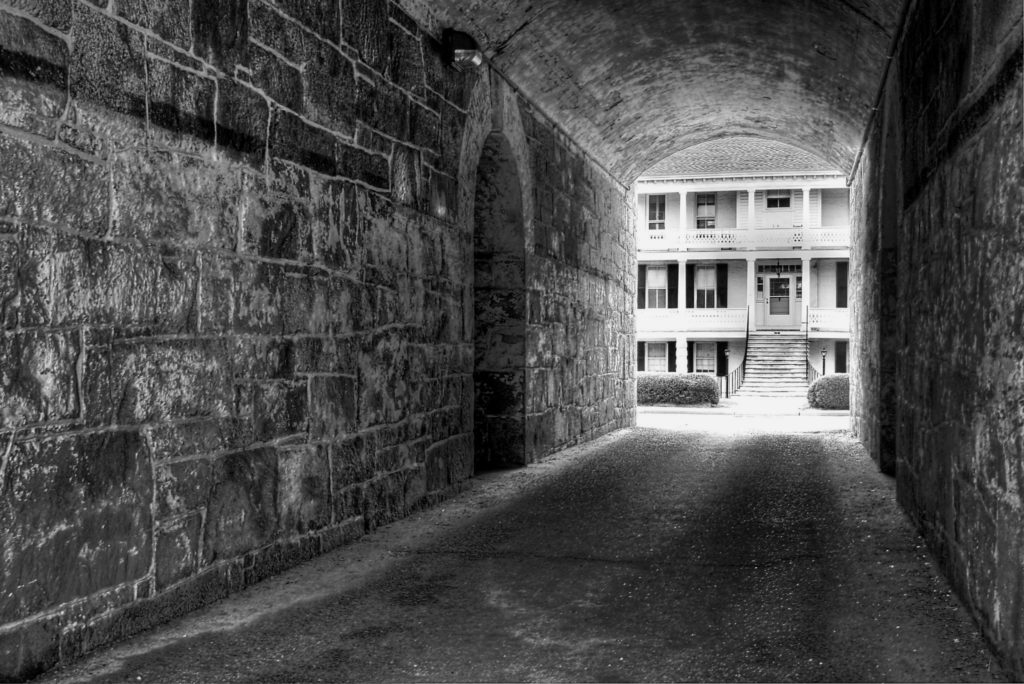
This imposing southern fort in Virginia evaded Union capture throughout the Civil War, though after the war, it was used to house the Confederate president, Jefferson Davis. Every evening he was escorted for a walk along the ramparts, where his wife watched from a nearby house, to ensure he was okay. Today, visitors have reported seeing Davis’s ghost strolling those very ramparts, while the window from which his wife stood vigil vibrates. He’s also been spotted in his cell, while she has been seen roaming the grounds, in search of her husband. But they aren’t the only ghosts. Fleeting orbs and strange mists have mysteriously appeared, and the sounds of hoofbeats and voices have been heard—including a little girl calling for her cat, Greta (which also has been spotted in ghost-like form). There’s also a Lady in White who appears on the boardwalk, thought to be the wife of a ship captain who murdered her when he caught her having an affair.
You must be logged in to post a comment.